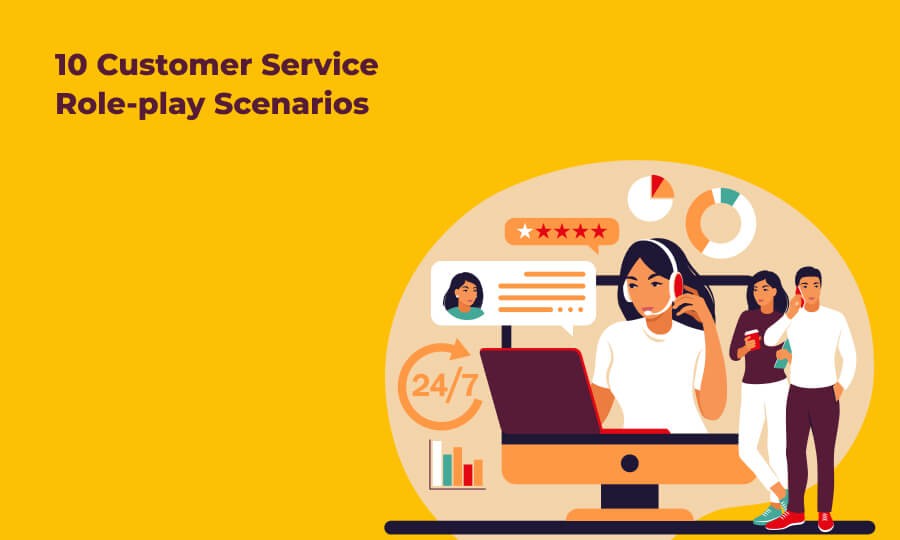
WEIGHT: 54 kg
Bust: Medium
1 HOUR:100$
NIGHT: +30$
Sex services: Lesbi-show hard, Massage prostate, Mistress, BDSM, Sex oral without condom
Forgot password? New dealer. Plush animals with homes Weighted plush animals. Tool Shop Outdoor Play Learning. Search result. Your query gave no results. Engelsk Dansk Sverige. When children play, they learn about the world and about relationships. Play can pave the way for close friendships with peers and, by playing, your child experiences and acquires skills that they will use for the rest of their life.
There are many different kinds of play, and children play differently from one age to another. From infancy until the age of 2, sensory and functional games are the most common. Between the ages of 2 and 3, role-playing and construction games are most prevalent, while later, when children attend school, they often play games with rules.

What Is Role Play? Role play is all about pretending to be someone else. When taking on a role, the child practises various different actions. The role can be either a person or an animal. Initially, around the age of 2, the games and actions are simple: for example, playing mum and tucking up their doll or teddy in bed, or feeding them.
From the age of 3, playing skills become more advanced and imagination more creative, and children can involve more words in the actions. The role play now goes on longer, because the child is able to link several actions together. At that age, the child can also take on several different roles at the same time and freely flit from one role to another. Here is an example of linking multiple actions. Your child is in the play kitchen, mixing various ingredients for a cake. They then place the cake in the oven and set the oven to the correct temperature.

They then take the cake out of the oven and place it on the table. Example of playing multiple roles and switching between them: Your child is playing with their doll or teddy bear and is going to tuck it up in the doll pram.





































